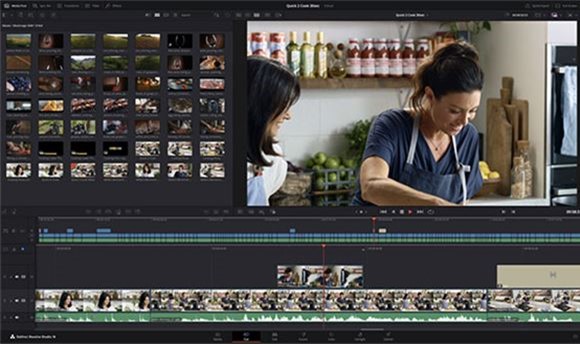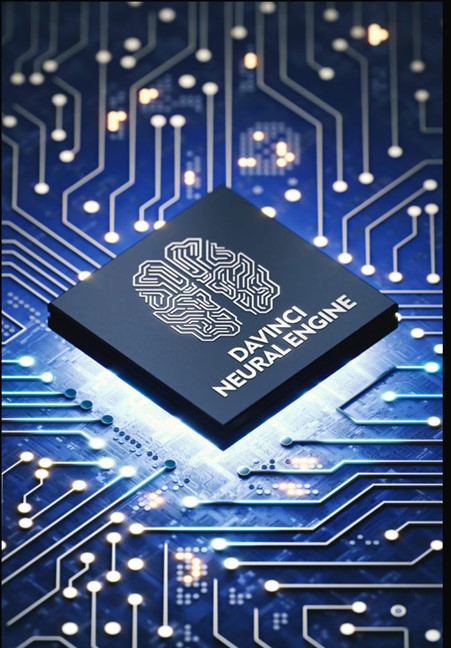Blackmagic Design has been nipping and tucking, adding new features here and there, resolving bugs and general fixes, all in preparation for the big coming out of the final releases of its DaVinci Resolve 19, DaVinci Resolve Studio 19, and Fusion Studio 19.

In April of this year, Blackmagic Design released a public beta version of its DaVinci Resolve 19, including DaVinci Neural Engine AI tools. At the end of May, the company released public beta 3 versions of DaVinci Resolve 19 and DaVinci Resolve Studio 19, as well as Fusion Studio 19. As of this week, those offerings are now final releases.
DaVinci Resolve is an all-in-one solution for editing, color, VFX, motion graphics, and audio. While DaVinci Resolve 19 is offered as a free download, that does not diminish the value of this update, which the company insists is a major one, not only because of the addition of new Neural Engine AI tools, but inclusive of over 100 feature upgrades as well. Among them are IntelliTrack AI, Ultra NR noise reduction, ColorSlice six-vector grading, film-look creator FX, and multi-source editing on the cut page.
With this update, editors can work directly with transcribed audio to find speakers and edit timeline clips. Colorists can produce rich film-like tones with the ColorSlice six-vector palette and produce cinematic images using the new film-look creator effect, which emulates photometric film processes.
Additionally, the Fairlight page has new Fairlight AI audio panning to video, ducker track FX, and ambisonic surround sound. The IntelliTrack AI can be used to track motion and automatically pan audio.
Blackmagic Cloud, meanwhile, has new features that make it easy to use for large companies with multiple users collaborating on the same project at the same time. There’s also support for live sync with Blackmagic Cloud, which uploads media into a DaVinci Resolve bin while the camera is recording, so editors and colorists can start working while the camera is still rolling.
VFX artists working in the Fusion page have an expanded set of USD tools plus a new multipoly rotoscoping tool that displays all of the user’s masks in a single list. The cut page has new broadcast replay tools for live multi-camera broadcast editing, playout, and replay with speed control.
DaVinci Resolve Studio, meanwhile, includes all the features in the free version of Resolve plus the DaVinci Neural Engine, as well as numerous Resolve FX, temporal and AI spatial noise reduction, text-based editing, magic mask, film grain, optical blur, and more. It also supports 10-bit video at up to 120 fps and resolutions beyond 4K. (One of the limitations with the free Resolve version is that resolution is limited at Ultra HD for output.)
Fusion Studio 19 has some new updates, too, including added support for uVolume VDB files, multipoly rotoscoping, a new multi-merge tool, and an expanded set of USD tools. A full list of all the new features in Fusion Studio 19 is available here.
DaVinci Resolve Studio and Fusion Studio are each available for $295. The upgrades to Version 19 for existing users can be downloaded free of charge.
